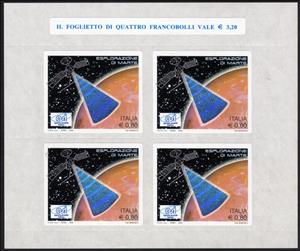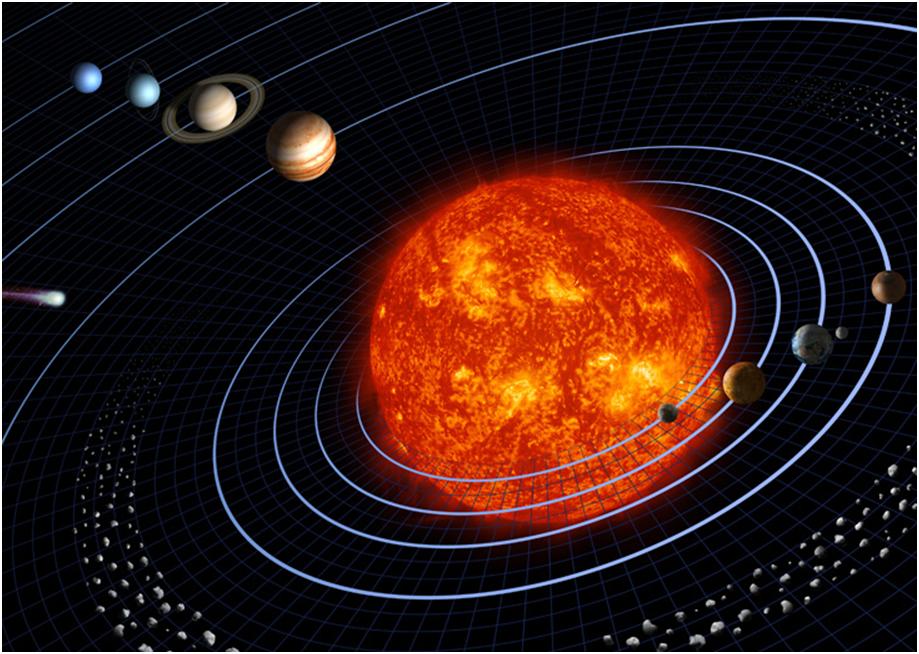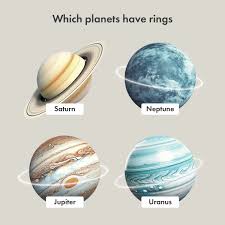Mini Sheet: Italian Participation on the Exploration Program of Mars (Italy 2005)
Italian Participation on the Exploration Program of Mars (Italy 2005)
21 September (Italy ) within release Italian Participation on the Exploration Program of Mars goes into circulation Mini Sheet Italian Participation on the Exploration Program of Mars face value 4*0.80 Euro
| Mini Sheet Italian Participation on the Exploration Program of Mars in catalogues | |
|---|---|
| Unificato: | Un: IT BF39Db |
Mini Sheet is horizontal format.
ASI logo in dark Blue Not listed in SassoneMini Sheet Italian Participation on the Exploration Program of Mars it reflects the thematic directions:
Celestial bodies or heavenly bodies are objects in space such as the sun, moon, planets, and stars. They form a part of the vast universe we live in and are usually very far from us.
Outer space (or simply space) is the expanse that exists beyond Earth's atmosphere and between celestial bodies. It contains ultra-low levels of particle densities, constituting a near-perfect vacuum of predominantly hydrogen and helium plasma, permeated by electromagnetic radiation, cosmic rays, neutrinos, magnetic fields and dust. The baseline temperature of outer space, as set by the background radiation from the Big Bang, is 2.7 kelvins (−270 °C; −455 °F)
A planet is a large, rounded astronomical body that is generally required to be in orbit around a star, stellar remnant, or brown dwarf, and is not one itself. The Solar System has eight planets by the most restrictive definition of the term: the terrestrial planets Mercury, Venus, Earth, and Mars, and the giant planets Jupiter, Saturn, Uranus, and Neptune. The best available theory of planet formation is the nebular hypothesis, which posits that an interstellar cloud collapses out of a nebula to create a young protostar orbited by a protoplanetary disk. Planets grow in this disk by the gradual accumulation of material driven by gravity, a process called accretion.
A satellite or artificial satellite is an object, typically a spacecraft, placed into orbit around a celestial body. They have a variety of uses, including communication relay, weather forecasting, navigation (GPS), broadcasting, scientific research, and Earth observation. Additional military uses are reconnaissance, early warning, signals intelligence and, potentially, weapon delivery. Other satellites include the final rocket stages that place satellites in orbit and formerly useful satellites that later become defunct.




